What Is Bartonella?
There are countless different types of bacteria on our planet, and they are considered by many to be the most successful life form on the planet. Many will be living on the surfaces near to where you are located, while others will live in some very hostile conditions.
Only a very small percentage of bacteria are harmful to us, while some are even beneficial or necessary to us. Others, however, can make us ill, and others can even be a direct threat to our lives. One example of such as bacteria is the Bartonella genus, and it is responsible for a number of different diseases.
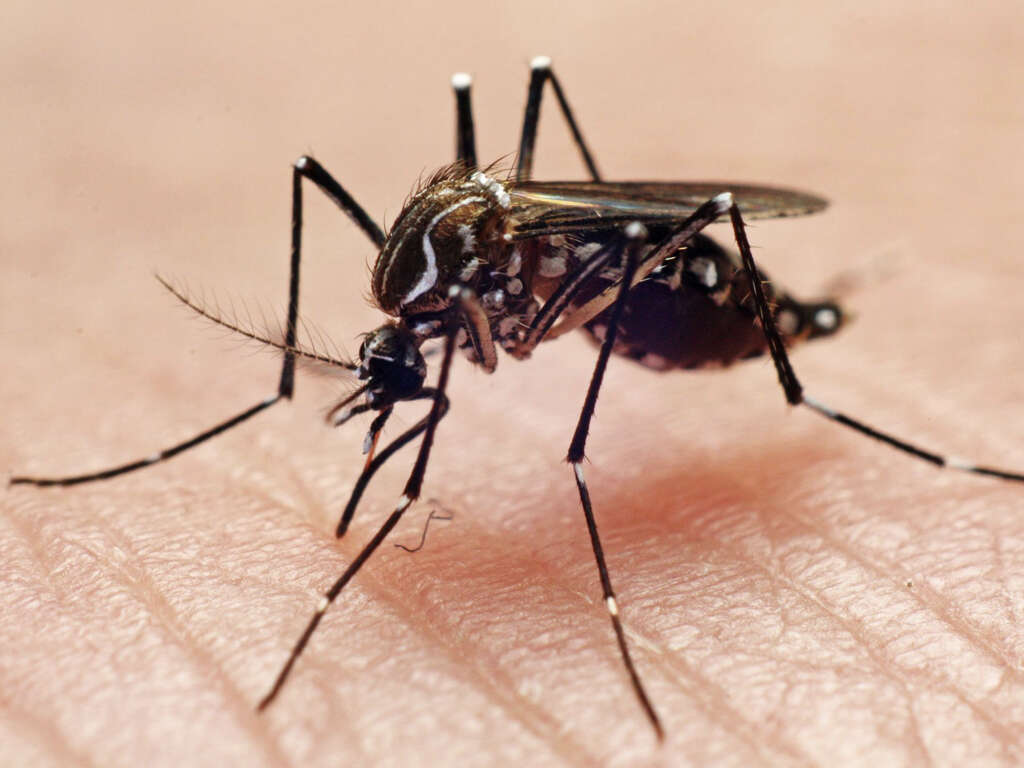
1. Bartonella
Bartonella is a common genus of bacteria that are found living inside animals. They are usually found in the lining of their host’s blood vessels. The bacterium is a zoonotic genus, meaning that it can be transmitted to people from other animals. It can be found in wild animals, as well as humans, and domestic animals.
The bacterium is responsible for a number of diseases that are known as bartonellosis, of which there are several types. The disease has been found in numerous countries around the world, including the United States. Some of the diseases caused by the bacterium are potentially dangerous.

2. Several Species
As mentioned, there are several species of bacterium that belong in the bartonella genus. They have been found in many places in the world and this includes the United States. Infections caused by the bacteria have been found in a number of different species, from lice to mammals, and others.
Some species of the bacterium prefer warmer climates. These species tend to be transmitted by arthropods like fleas, lice, and ticks. European sheep ticks have been found to be carriers of one particular species. There is even a species of the bacterium that has been found in human body lice.
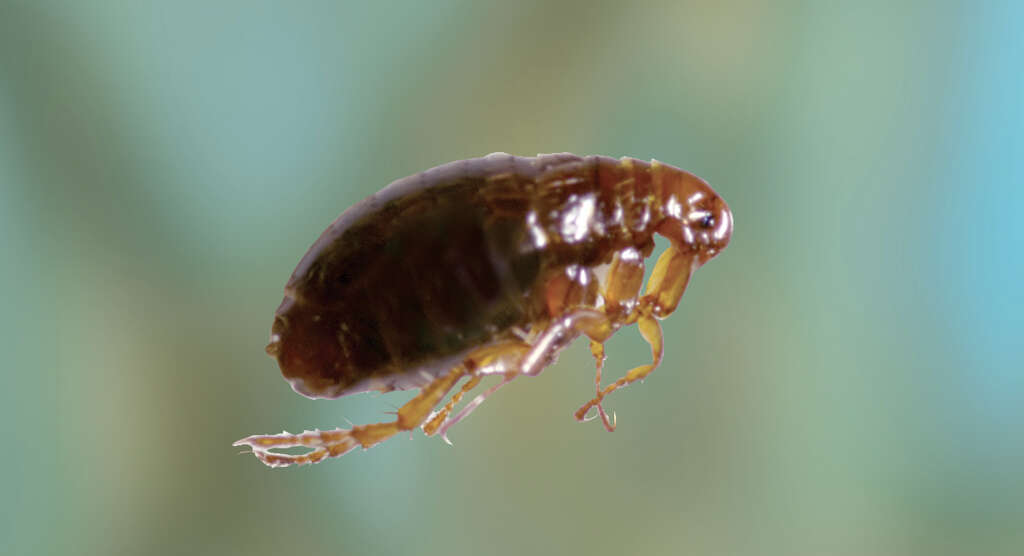
3. Transmission
There are a number of biting parasites that can carry the bacterium, including ticks, lice and fleas. It is thought that ticks are responsible when people catch bartonellosis. In cases where the patient is aware of being bitten by a tick. Lyme disease was also often present as ticks are able to carry more than one pathogen.
Research has also shown that ticks can spread the bacterium to other animals. This can increase the transmission rate because it means a tick is more likely to feed off an infected animal before then biting a person. It is also thought that the disease can also be passed on from a pregnant mother to her developing fetus.
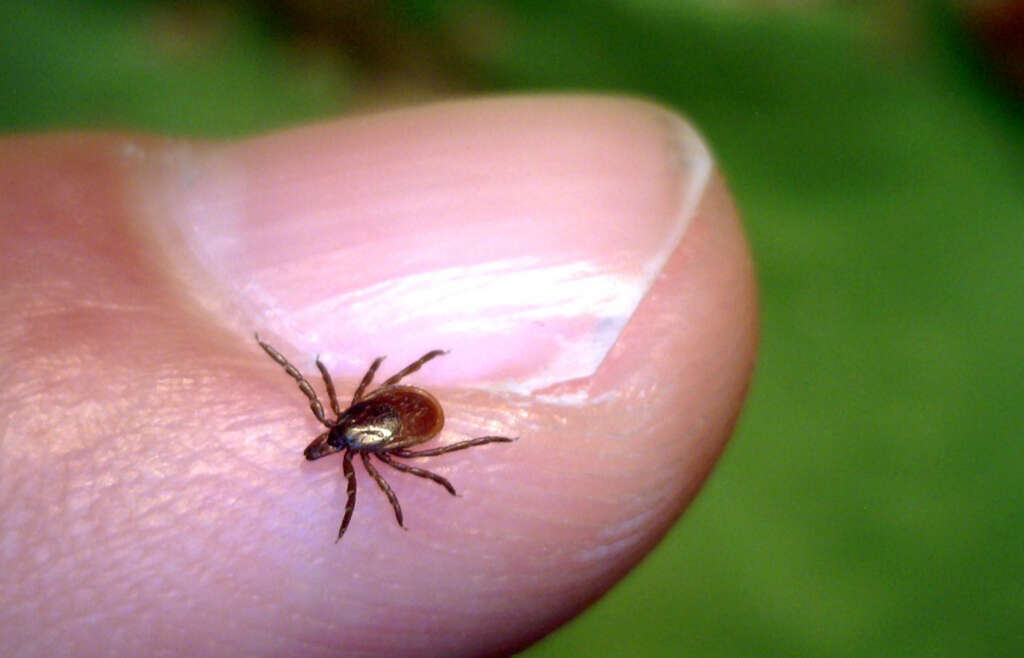
4. Cat Scratch Disease
As the name suggests, cat scratch disease is a disease that is sometimes transmitted from an infected cat. The Bartonella henselae bacterium is responsible, which is transmitted when an infected cat bites or scratches, breaking the skin. It is also sometimes caught by a bite from an infected tick or a flea, but it cannot be spread from person to person.
It is in the southern states of the United States that cat scratch fever is most prevalent. Most of those diagnosed with it are girls, whereas boys are more likely to be hospitalized. It tends to affect children from the ages of 5 to 9 years old.

5. Carrion’s Disease
Carrion’s disease is an infection caused by the bartonella bacilliformis bacterium. The disease is often spread by biting sandflies that are found living in South America. It is a highly infectious disease and there will often be more than one infected person in a single household.
Not much is known about transmission. However, it is thought that in addition to being caused by bites from sandflies, it can also be spread from person to person. It is suspected that it can be given to a developing fetus by its mother, and it might also be possible to catch the disease through contact with infected blood.

6. Trench Fever
The Bartonella Quintana bacterium was responsible for a disease that was particularly widespread throughout World War I: Trench fever. It was so named because it was so prevalent in the trenches of WWI, when soldiers were staying in cramped quarters and in unhygienic conditions.
Trench fever is caused by bites from body lice that were able to thrive under the conditions at the time. The disease is still existant today, and it tends to be found in homeless people. Outbreaks also occasionally break out among people who share needles for intravenous drug use. It is also sometimes known as the five-day fever.
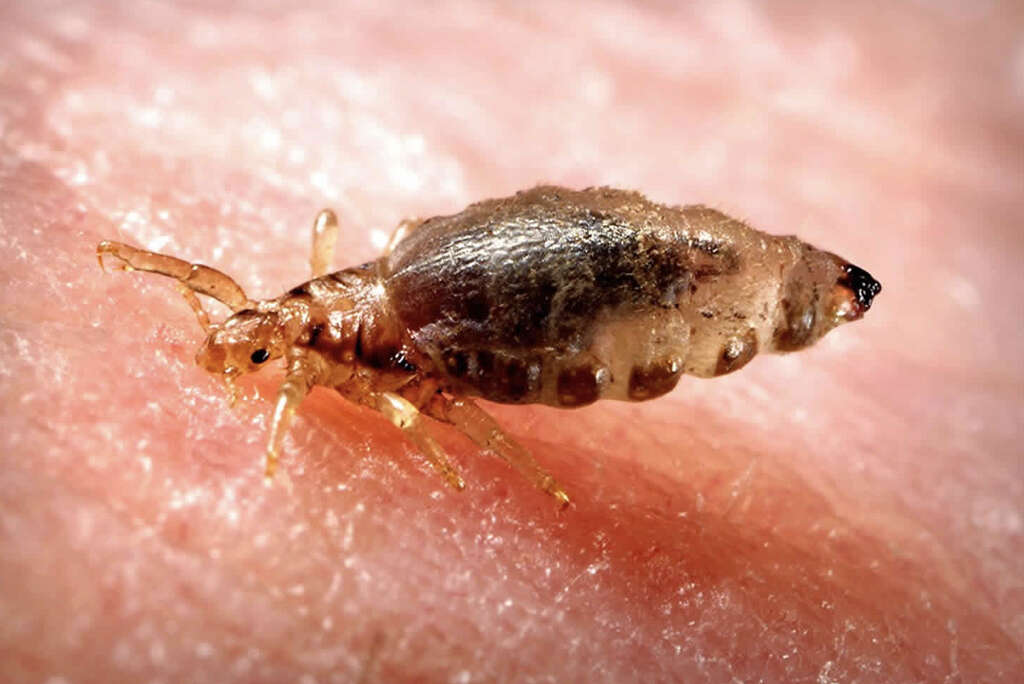
7. Bacillary Angiomatosis
There are two members of the Bartonella family that can cause bacillary angiomatosis. These are Bartonella quintana, and Bartonella henselae. It is a condition that causes lesions on the skin as well as some other very unwelcome symptoms. The lesions are most common on the arms.
The condition only usually affects people that have a weakened immune system and it can be very dangerous if it is not treated in time. It is thought to be spread by the human body louse, and by bites from infected cat fleas.
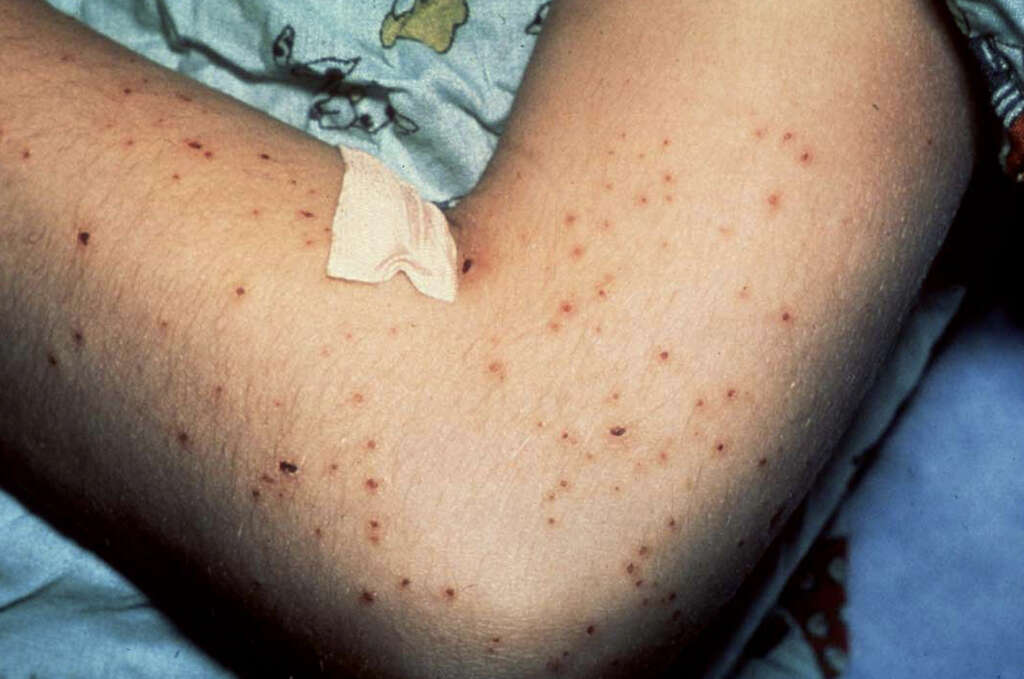
8. Peliosis Hepatis
Peliosis hepatis is caused by an infection of the liver by the bartonella quintana or bartonella henselae bacteria. The condition causes blood filled cavities throughout the liver that are distributed randomly throughout the organ. It is a very rare condition and is also thankfully benign.
It is a condition that used to be observed in autopsies and wasn’t given much attention to, but it is now gaining more attention in the medical community. The condition is associated with a number of other health conditions. It is most often found in people that have a weakened immune system, such as patients with HIV.

9. Endocarditis
Our hearts are lined on the inside by a layer of tissue known as the endocardium. In most cases, any bacteria present will simply flow through the heart, doing no harm. In some instances, however, bacteria, including bartonella, can infect these tissues. This can cause them to become inflamed, and this can result in damage to your heart’s valves.
The condition tends to occur in people that already have a heart valve that is damaged in some way, potentially making it easier for bacteria to take a hold. This is a condition that can have very serious consequences, so it should be treated seriously.

10. Treatment
The treatment for bartonellosis depends on the specific disease caused, with different antibiotics being more or less effective against certain species. Some cases will pass regardless of treatment but treatment is still given where possible. This is especially the case in patients that have a weakened immune system.
In many instances, it is also necessary to treat the symptoms that have been caused by the infection. The symptoms caused can result in fairly mild symptoms, while in other cases the disease can cause symptoms that are life threatening. The disease might also go on to cause further medical conditions in some patients.












